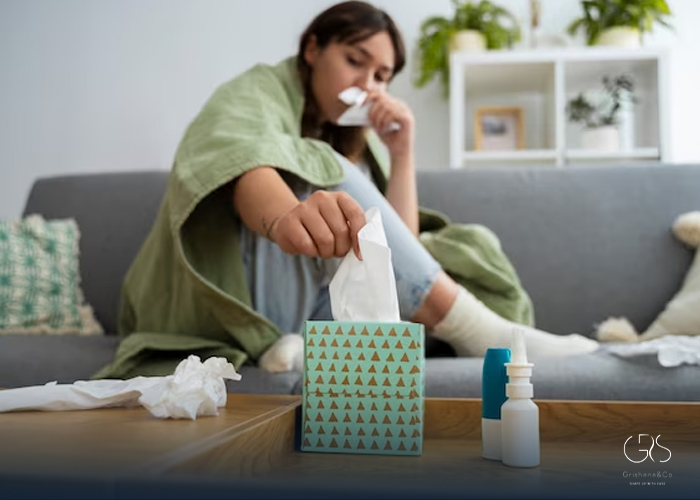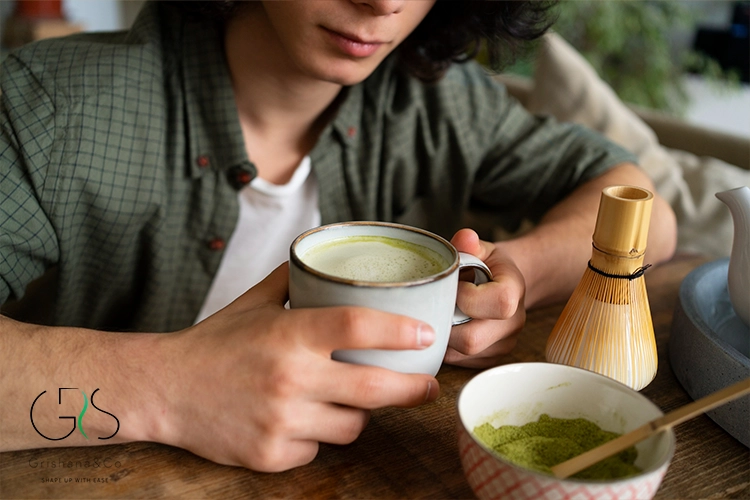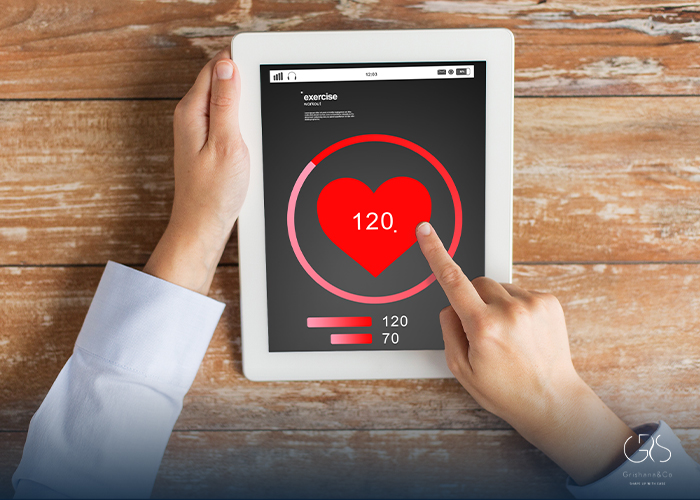When someone gets sick in the house, it’s essential to sanitize common household items to prevent the spread of microbes. Touching contaminated surfaces is one of the easiest ways to catch an infection, and the germs can survive for hours, if not days, on different surfaces. It’s not just a precaution for the sick person but also essential for the health of everyone else in the house.
In this article, we’ll discuss about sanitize household items when sick, share some tips and techniques, and explore diverse perspectives on the topic. We’ll also review some relevant statistics and studies to understand the situation better.
Why Sanitizing Household Items is Important When Sick?
According to the Centers for Disease Control and Prevention (CDC), viruses such as COVID-19 can spread through surface contact. If an infected person coughs or sneezes, they expel tiny droplets that contain the virus. These droplets can land on surfaces such as tables, doorknobs, phones, and other items, where they can survive for hours to days. If someone else touches the same surface, they can pick up the virus and get infected.
Sanitizing household items is, therefore, a critical step in preventing the spread of the virus. Sanitizing refers to reducing the number of germs to a level that is deemed safe by health authorities. It’s not the same as sterilizing, which means getting rid of all the germs. Sanitizing, however, is sufficient for most situations when someone is sick at home.
What Household Items Need to be Sanitized When Someone is Sick?
Almost all surfaces that someone touches or comes in contact with can potentially harbor the virus and need to be cleaned thoroughly. These include:
- Kitchen surfaces, including countertops, utensils, knobs, and handles
- Bathroom surfaces, including sinks, faucets, toilets, and doorknobs
- High-touch areas such as light switches, remote controls, and keyboards
- Personal items such as phones, glasses, and jewelry
- Clothes and bedding
- Toys (if there are children in the house)
The goal is to sanitize these items daily, especially when the person is sick and for at least a few days after they recover.
How to Sanitize Household Items When Someone is Sick?
There are various ways to sanitize household items when someone is sick. The following steps can help:
1.Wash hands regularly: The most critical step in preventing the spread of germs is to wash your hands frequently with soap and water for at least 20 seconds. This is especially important if you are the sick person.

Wear gloves: If possible, wear gloves while cleaning or handling items that could be contaminated. Once you’re done, discard the gloves and wash your hands.
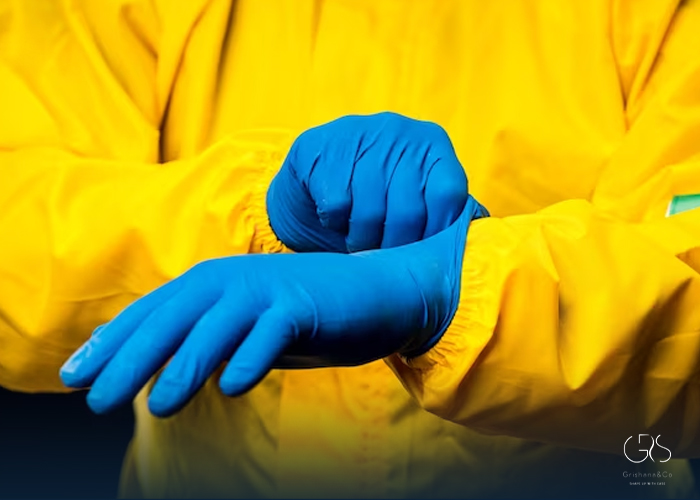
Use disinfectant wipes: Disinfectant wipes, such as Clorox, Lysol, or Microban, can be effective in killing germs on surfaces. Wipe down all surfaces thoroughly and let them air-dry. It’s essential to follow the product’s instructions and warnings carefully, including using gloves and avoiding contact with skin or eyes.
Use spray disinfectants: Spray disinfectants such as hydrogen peroxide or alcohol-based products are another way to sanitize surfaces. Spray the area and let it sit for at least 10 seconds before wiping it down. Again, follow the product’s instructions, and avoid using these products on food surfaces or around children.
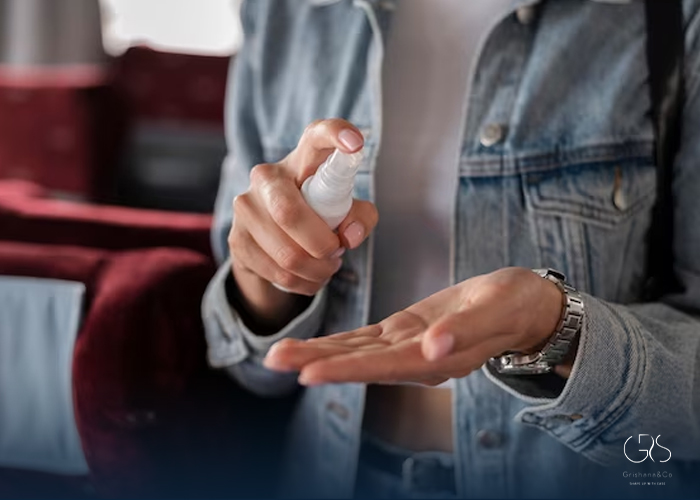
Use UV light: Some devices use ultraviolet (UV) light to sanitize surfaces. These devices are portable and can be used on various items such as phones, keys, and other small items.
Use natural solutions: If you want to avoid harsh chemicals, you can use natural solutions such as vinegar or baking soda to clean surfaces. Mix vinegar and water in a 1:1 ratio and use it to wipe down surfaces. Baking soda can be useful for cleaning sinks and bathtubs and can be mixed with hydrogen peroxide for added effectiveness.
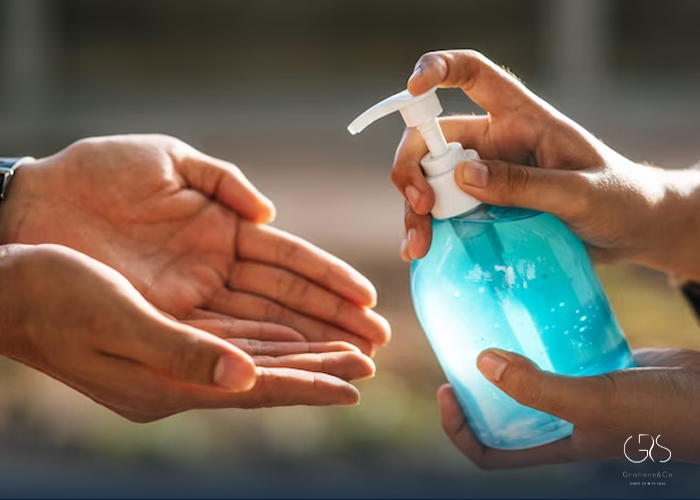
It’s essential to keep all items that come in contact with the sick person separate from other items and sanitize them separately. Also, let fresh air circulate in the house by opening windows or using a fan.
What are the Diverse Perspectives on Sanitizing Household Items When Sick?
Not everyone believes that sanitizing household items is necessary when someone is sick. Some people argue that exposing yourself to germs is essential for building immunity and that over-sanitizing can harm your body’s natural defenses.
Others believe that using harsh chemicals to disinfect surfaces can lead to long-term health problems, especially for children and pets.
However, health experts generally agree that sanitizing household items is essential when someone is sick and that over-sanitizing is not necessary for daily use. It’s important to strike a balance between maintaining hygiene and not going overboard.
Relevant Statistics and Studies
Various studies have shown the effectiveness of sanitizing household items to prevent the spread of germs. A study published in the Journal of Hospital Infection found that disinfecting surfaces with a solution containing hydrogen peroxide and silver was effective in inactivating various strains of the flu virus. Another study published in the American Journal of Infection Control found that using UV light to disinfect hospital rooms reduced the risk of contracting infections.
According to the CDC, the flu alone causes millions of illnesses and tens of thousands of deaths each year in the United States. Preventing the spread of the virus can significantly reduce these numbers.
Sources
- Centers for Disease Control and Prevention (CDC), Official website of the CDC providing information on infectious diseases and prevention measures.
- Journal of Hospital Infection, Peer-reviewed journal publishing research and studies related to infection control and hospital-acquired infections.
- American Journal of Infection, Scholarly journal focused on infection prevention and control, featuring research articles and healthcare-related topics.


